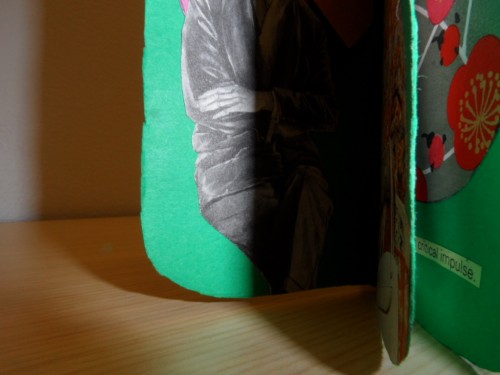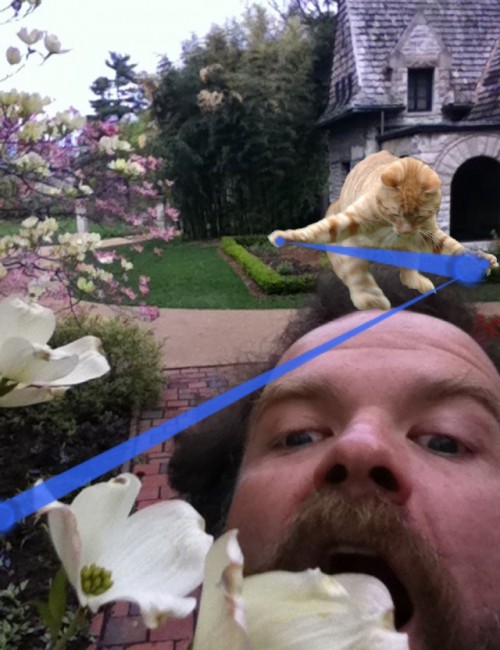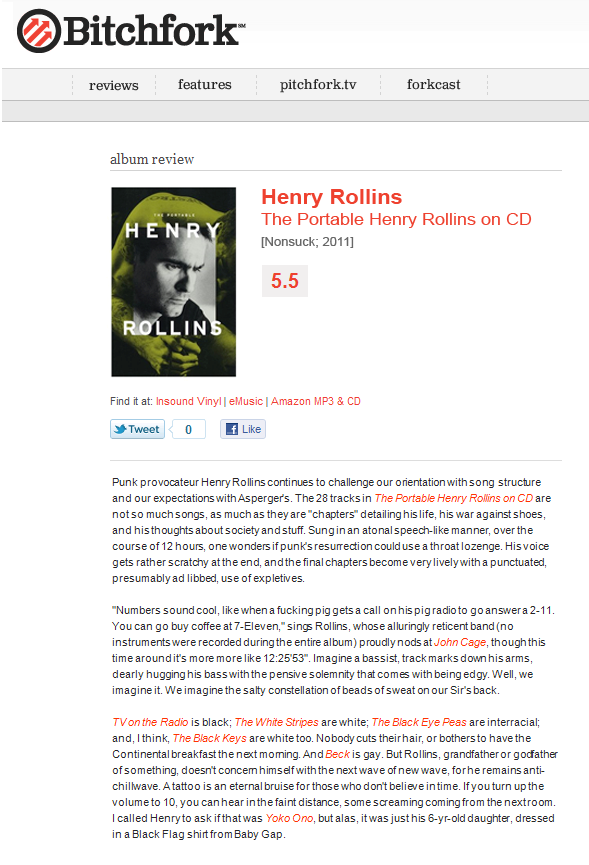Vonnegut Gives a Free Creative Writing Lesson From the Grave
I suggest all you Harper’s/New Yorker haters get on Lewis Lapham’s Quaterly boat. Personally, I can’t believe I’ve been out to sea so long since parting ways with The Believer, although I do still find myself running fuzzy fingers sidelong across her stilted bow anytime I see one in port.
Anyway, so umm… O yeah click of his graph for Vonnegut’s writing lesson, in which he compares the plight & plot of protagonists in popular books, film & teevee, to that of Cinderella, Gregor Samsa & the kingshit himself, Hamlet.
Miroslav Penkov on “memory, loss, guilt, identity, family, country . . .”
So there is a story in the book, about the Ottoman times when Bulgaria was under Turkish rule and the Ottomans forcefully recruited Bulgarian boys for their army; janissaries, who were made to deny their families and god. There is a story about Bulgarian rebels who fought for Macedonia’s freedom, about the aftermath of the Balkan Wars. Stories about the 1923 Communist uprising, about the events of 1944 when the Communist Party finally seized control of Bulgaria, about the so-called Process of Rebirth during which the Party forcefully changed the names of all Bulgarian Muslims to what were deemed “proper, Bulgarian” names. There are stories about things I myself witnessed and lived through: the fall of Communism in 1989, the results of this fall, or about the people who leave Bulgaria every year to make their luck abroad. READ MORE >
Bookmaking: Handcrafting Isn’t Dead
I walked into the Writing Center after teaching a course on copyediting last week and found a tableful of mums-the-word students working away diligently on handmade zines. The table was piled with paper and tape, drawing implements, glue. On a nearby table, DIY snacks: celery, peanut butter, hummus, raisins. Two of our Student Writing Assistants organized said zine workshop, provided guidance and ideas and supplies, and BAM! instant zine community.
cats per container about 4
11. Auden’s 1956 book review of The Return of the King. (much thanks to biblioklept)
For objectifying this experience, the natural image is that of a journey with a purpose, beset by dangerous hazards and obstacles, some merely difficult, others actively hostile. But when I observe my fellow-men, such an image seems false. I can see, for example, that only the rich and those on vacation can take journeys; most men, most of the time must work in one place.
11. Valzhyna Mort is a Belarusian badass. Just saying.
11. Why did they make birds so delicate and fine as those sea swallows when the ocean can be so cruel? She is kind and very beautiful. But she can be so cruel and it comes so suddenly and such birds that fly, dipping and hunting, with their small sad voices are made too delicately for the sea.
4. All Diagram t-shirts are 10 bucks until they are gone. (I suggest the dead hamsters.)
11. Note to self: continue to eat old book reviews.
“enslaved by its structure”
 “When you examine most recent novels or screenplays, you can’t help but notice that there’s a very strong goal-motivation-conflict structure. I watched UP with my kids recently (in 3D!) and every single character, even the giant, voiceless bird, had a very clear goal and motivation that conflicted with the other characters’ goals and motivations in really obvious ways. It was actually kind of irritating, because the conflicts just deteriorated into logistics by the climax (one too many people dangling over precipices for me). The movie seemed enslaved by its structure.” — Rhian Ellis, in 2009.
“When you examine most recent novels or screenplays, you can’t help but notice that there’s a very strong goal-motivation-conflict structure. I watched UP with my kids recently (in 3D!) and every single character, even the giant, voiceless bird, had a very clear goal and motivation that conflicted with the other characters’ goals and motivations in really obvious ways. It was actually kind of irritating, because the conflicts just deteriorated into logistics by the climax (one too many people dangling over precipices for me). The movie seemed enslaved by its structure.” — Rhian Ellis, in 2009.
“I find myself thinking of this as a ‘masculine’ storyline, though I’m not particularly eager to defend that characterization; I will say, though, that the primary way girls get to be the heroes of contemporary children’s movies is by proving that they can do the same stupid shit boys can. Miyazaki, on the other hand, makes movies about intense, often directionless exploration. He is contemplative, and his films often remain movingly unresolved. Pixar movies look great, but the visuals are illustrative. In Miyazaki, the images are the movie. They make the story. I can’t, for the life of me, remember the plot of Howl’s Moving Castle–but I will never, never forget the sight of it. Is this perhaps a feminine ideal–that it is sometimes enough simply to be? In any event, it is a worthwhile ideal, gendered or not.” — J. Robert Lennon, follow-up post, 2011.
“We went through a lot of different options that way. But  people just coming out of the theater on screening it here for ourselves, felt like, ‘Whoa, were you leaving it open for a sequel, that Muntz is going to come back and get the bird?’ No, we wanted the sense of closure that when the bird goes off with the babies, we know everything’s going to be fine and there’s no danger.” — Pete Docter, director of UP, 2009.
people just coming out of the theater on screening it here for ourselves, felt like, ‘Whoa, were you leaving it open for a sequel, that Muntz is going to come back and get the bird?’ No, we wanted the sense of closure that when the bird goes off with the babies, we know everything’s going to be fine and there’s no danger.” — Pete Docter, director of UP, 2009.
“. . . I did go to New York to meet this man, this Harvey Weinstein, and I was bombarded with this aggressive attack, all these demands for cuts. I defeated him.” – Hayao Miyazaki, 2005.
According to Deleuze, “Artaud considers Lewis Carroll a pervert, a little pervert…”
httpv://www.youtube.com/watch?v=2Ty6UCcixlQ&feature=related
[Lewis Carroll’s “Jabberwocky” read by David Henry Sterry]
Deleuze discusses Artaud’s dislike of Carroll here in The Logic of Sense

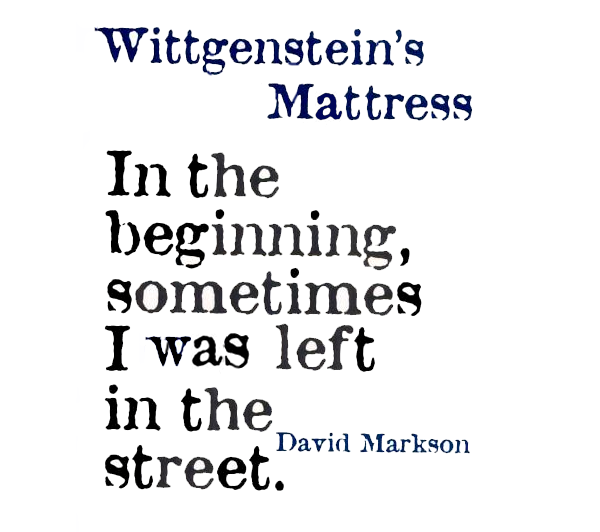
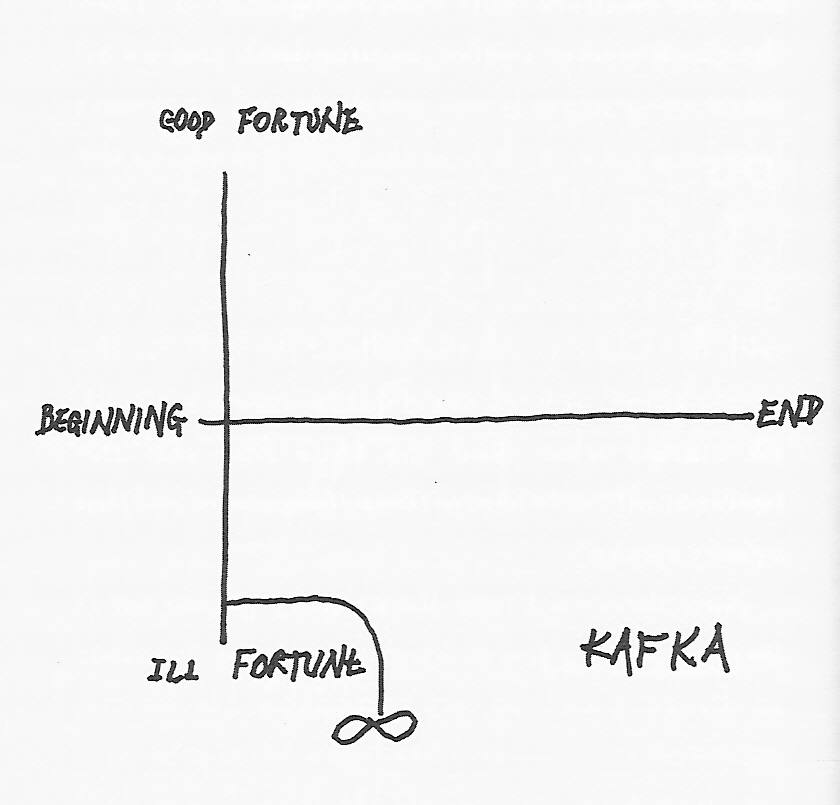
 The other day I “had a chance” to “sit down” with filmmaker, poet and performance artist
The other day I “had a chance” to “sit down” with filmmaker, poet and performance artist 